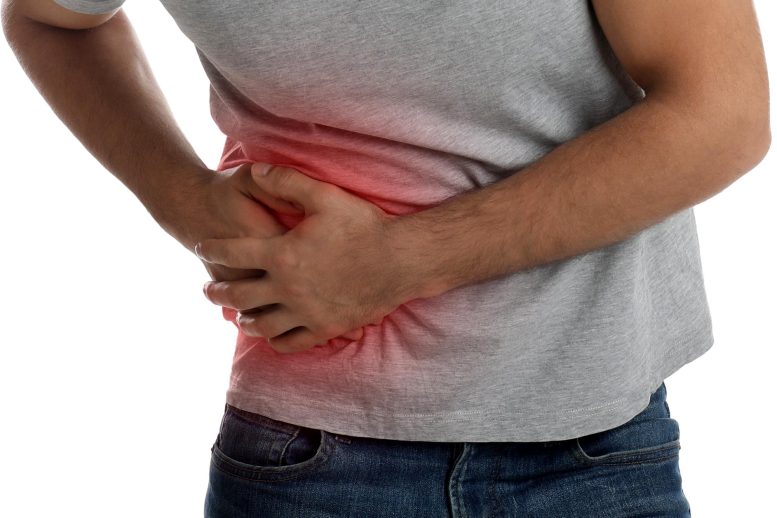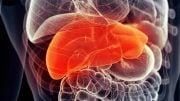
The COVID-19 pandemic saw a significant surge in alcohol sales, leading to an alarming increase in hospital admissions due to alcohol-related hepatitis. According to a national study, cases increased particularly in 2020, with a sharp rise among younger patients and women.
A national study reveals a disturbing rise in hospital admissions for alcohol-related hepatitis due to increased alcohol sales during the COVID-19 pandemic. The rise was especially marked among younger patients, women, and lower income groups, highlighting an urgent need for comprehensive treatment and stigma reduction.
A dramatic surge in alcohol sales during the COVID-19 pandemic appears to have had dire consequences for some as hospital admissions for alcohol-related hepatitis, a life-threatening liver inflammation, increased dramatically. This is according to a recent study of national hospitalization data.
Researchers found increasing cases of alcohol-related liver illness from 2016 through 2020, but the rise was particularly pronounced the year COVID-19 arrived in the U.S. in 2020, which saw a 12.4% increase over 2019 levels. It was worse in younger patients, ages 18 to 44, a group that had a nearly 20% jump in hospital admissions for alcohol-related hepatitis. The consequences were also more severe as in-hospital deaths increased by 24.6% in 2020 compared to 2019.
National Concern
While the problem has been noted anecdotally and in regional studies, these findings show the growing problem on a national scale, said Dr. Kris Kowdley, professor at Washington State University’s Elson S. Floyd College of Medicine and senior author of the study published in the American Journal of the Medical Sciences.
“Severe liver disease seems to be rising over time, but it appears to have increased even more dramatically during the pandemic,” said Kowdley, who is also the director of the Liver Institute Northwest. “We confirmed that alcohol-related hepatitis hospital admissions increased continually from 2016 to 2020. We also found that younger patients and women had a higher increase in in-hospital mortality compared to their counterparts.”
The Disease and Its Impact
Approximately one-third of heavy, regular drinkers — those consuming more than four alcoholic drinks daily — are typically affected by alcohol-related hepatitis. Symptoms may involve abdominal pain, loss of appetite, vomiting, and jaundice. The illness can cause permanent liver damage, known as cirrhosis, and can be fatal.
Insights From Hospitalization Data
Drawing on data from the National Inpatient Sample, which tracks hospitalization in 37 states, the study found about 823,000 patients were hospitalized with this condition from 2016 to 2020, the most recent year that data were available. While this is a relatively small group compared to the U.S. population, researchers are concerned about the rapid increase in cases and severity of outcomes.
In 2016, about 146,000 patients were admitted to the hospital with alcohol-related hepatitis. In 2019 the figure rose to nearly 169,000 representing a 5.1% annual increase from 2016 levels. Then it rose even more rapidly to over 190,000 in 2020, a 12.4% increase from 2019 levels.
Demographics and Economic Factors
Despite the condition being more common in men, women experienced a larger increase, with a 14.6% rise between 2019 and 2020, compared to men at 12.2%. More cases were observed in the U.S. South, but the West saw the most significant surge.
Researchers also detected a shift in economic status. Dividing income into four quartiles, they discovered that between 2016 and 2019, the top two income groups had the highest increase in alcohol-related hepatitis. However, by 2020, this trend had reversed, and the lowest income group demonstrated the largest rise in cases.
Addressing the Problem
“It’s likely that a variety of factors contributed to a much higher rate of alcohol consumption during the pandemic, such as being socially isolated and having fewer barriers to drinking excess alcohol,” said Kowdley. “It’s also very possible that the relationship with lower income may be related to stress, anxiety, and financial concerns associated with the pandemic.”
Kowdley said the findings show a need for a multi-disciplinary approach to treat people suffering from alcohol use disorders, one that includes mental health and behavioral therapy, nutritional counseling and increased use of medications that help reduce alcohol cravings. It is also important to reduce stigma associated with alcohol-related liver disease.
“We need to recognize and treat alcohol-related hepatitis as a disease like any other disease, and not stigmatize the patient suffering with this illness,” he said. “We must also be cognizant both as healthcare providers and patients that alcohol-related hepatitis can be a life-threatening disorder.”
Reference: “Impact of COVID-19 pandemic on alcohol-related hepatitis admissions: Analysis of nationwide data 2016-2020” by Aalam Sohal, MD; Hunza Chaudhry, MD; Jay Patel, MD; Nimrat Dhillon, MBBS; Isha Kohli, MBBS; Dino Dukovic, BS; Marina Roytman, MD, FACP and Kris V. Kowdley, MD, FACP, FAASLD, FACG, AGAF, 12 June 2023, The American Journal of the Medical Sciences.
DOI: 10.1016/j.amjms.2023.06.002
In addition to Kowdley, study authors include Dr. Aalam Sohal from the Liver Institute Northwest; Dr. Jay Patel of Orange Park Medical Centre; Nimrat Dhillon of Sri Guru Ram Das Institute of Medical Sciences; Isha Kohli of Mount Sinai; Dino Dukovic of Ross University and Dr. Hunza Chaudry and Dr. Marina Roytman both of the University of California, San Francisco.









Be the first to comment on "Lockdowns and Liquor: Surge in Severe, Alcohol-Related Liver Injury During COVID Pandemic"